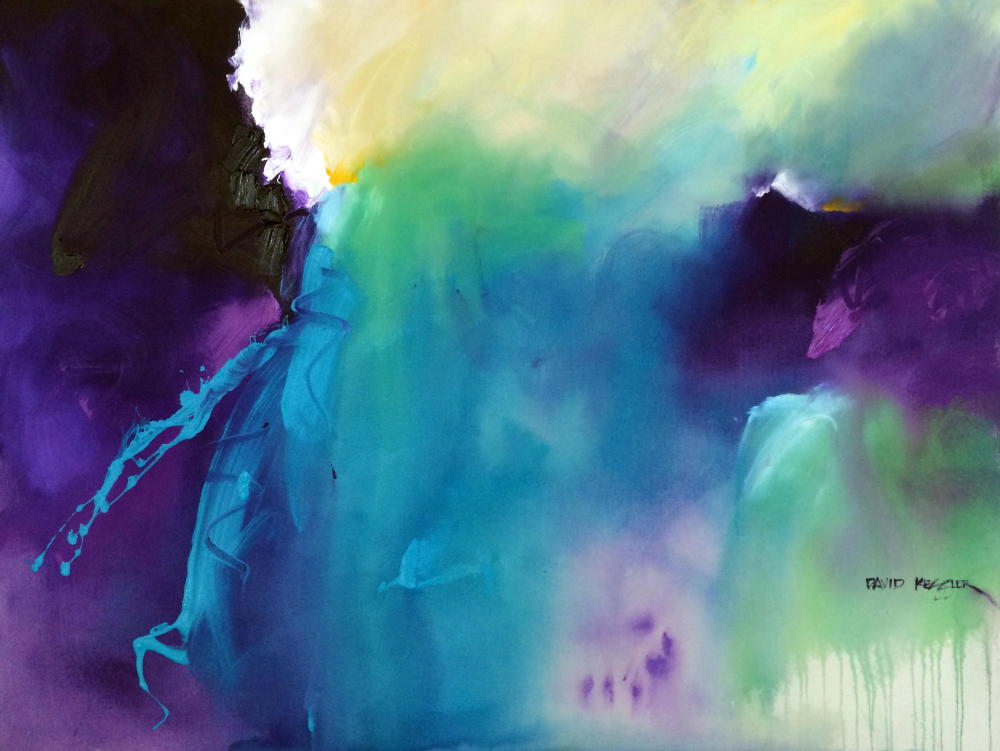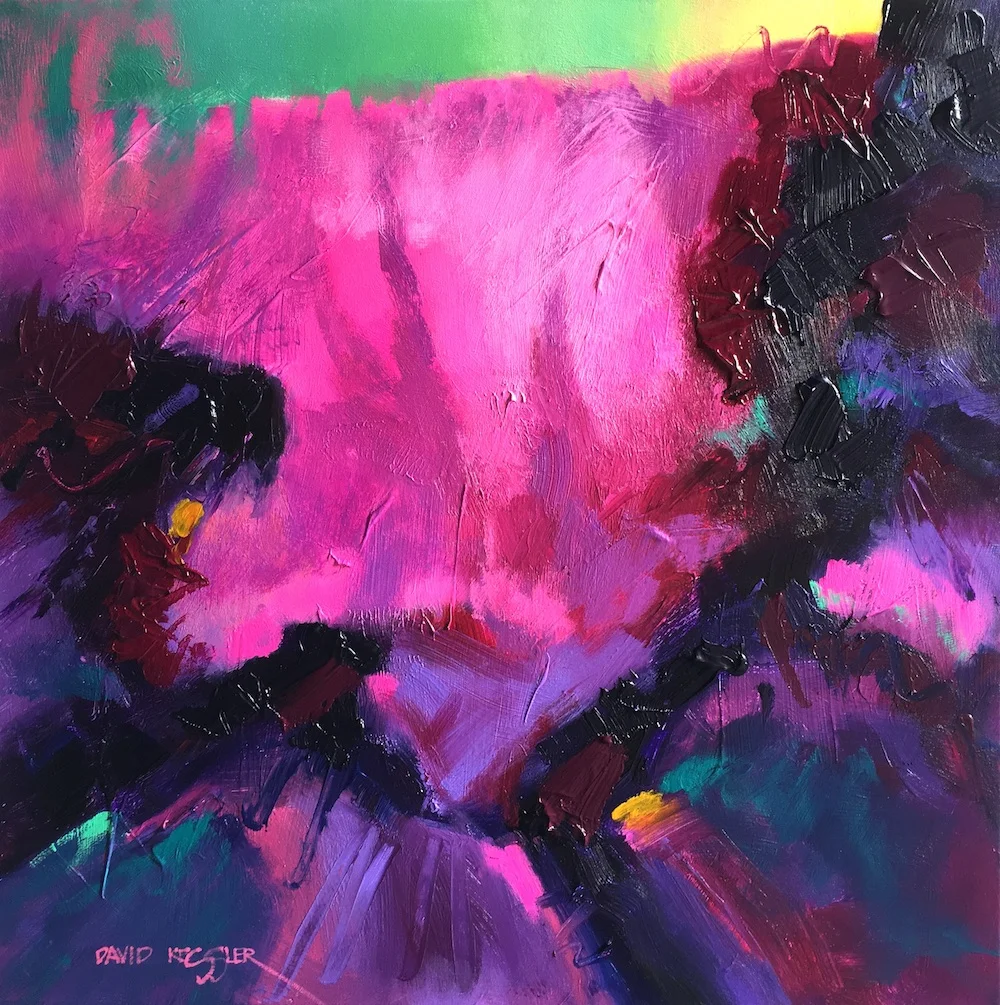The Painting of "Evening"
/This painting is done on a 30x30x1.5 gallery wrapped canvas. I had in mind before beginning a landscape type format with a ribbon of light coming through. I actually used a Wolf Kahn painting as an example for the concept and color combination.
Read More









